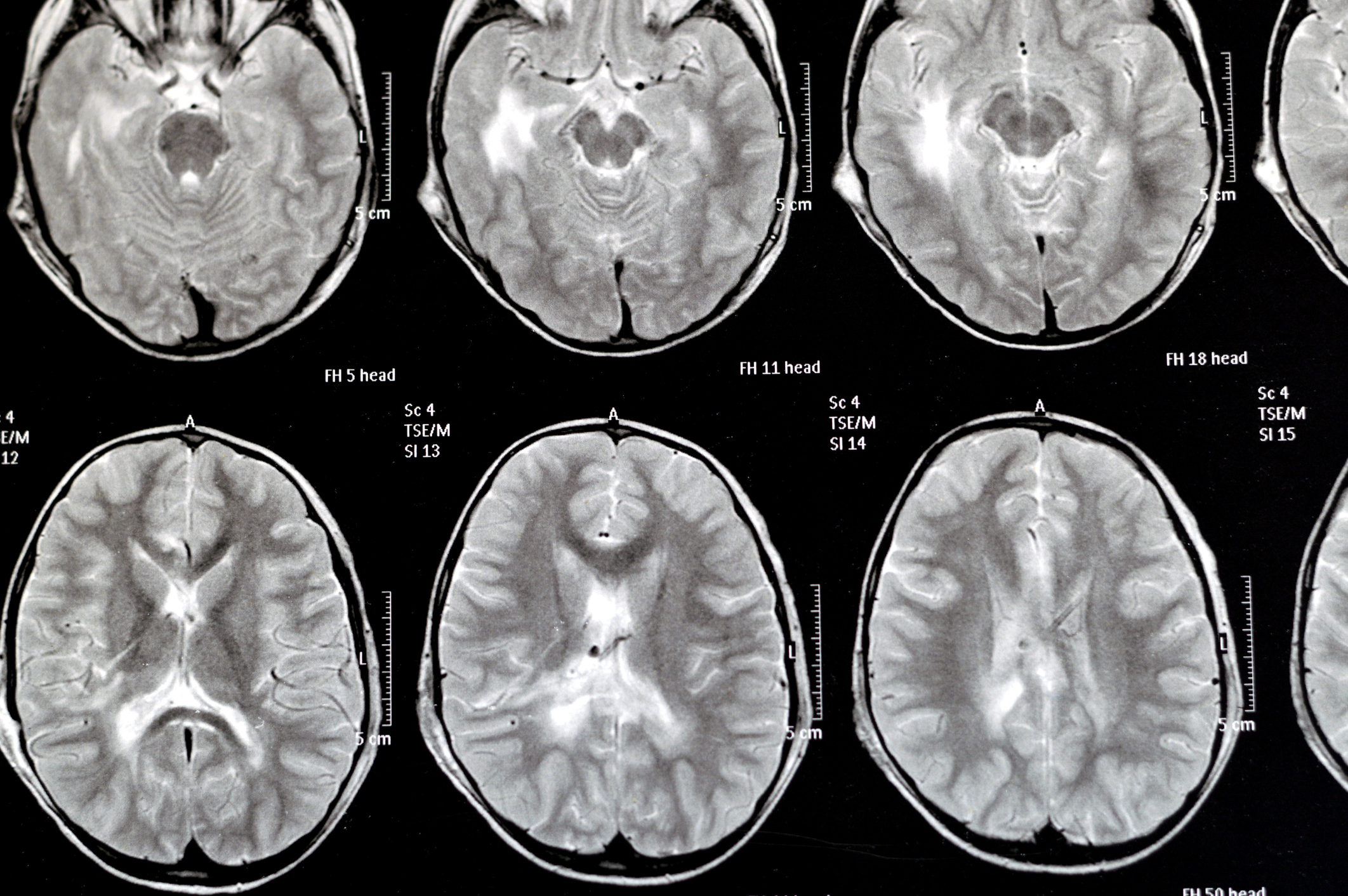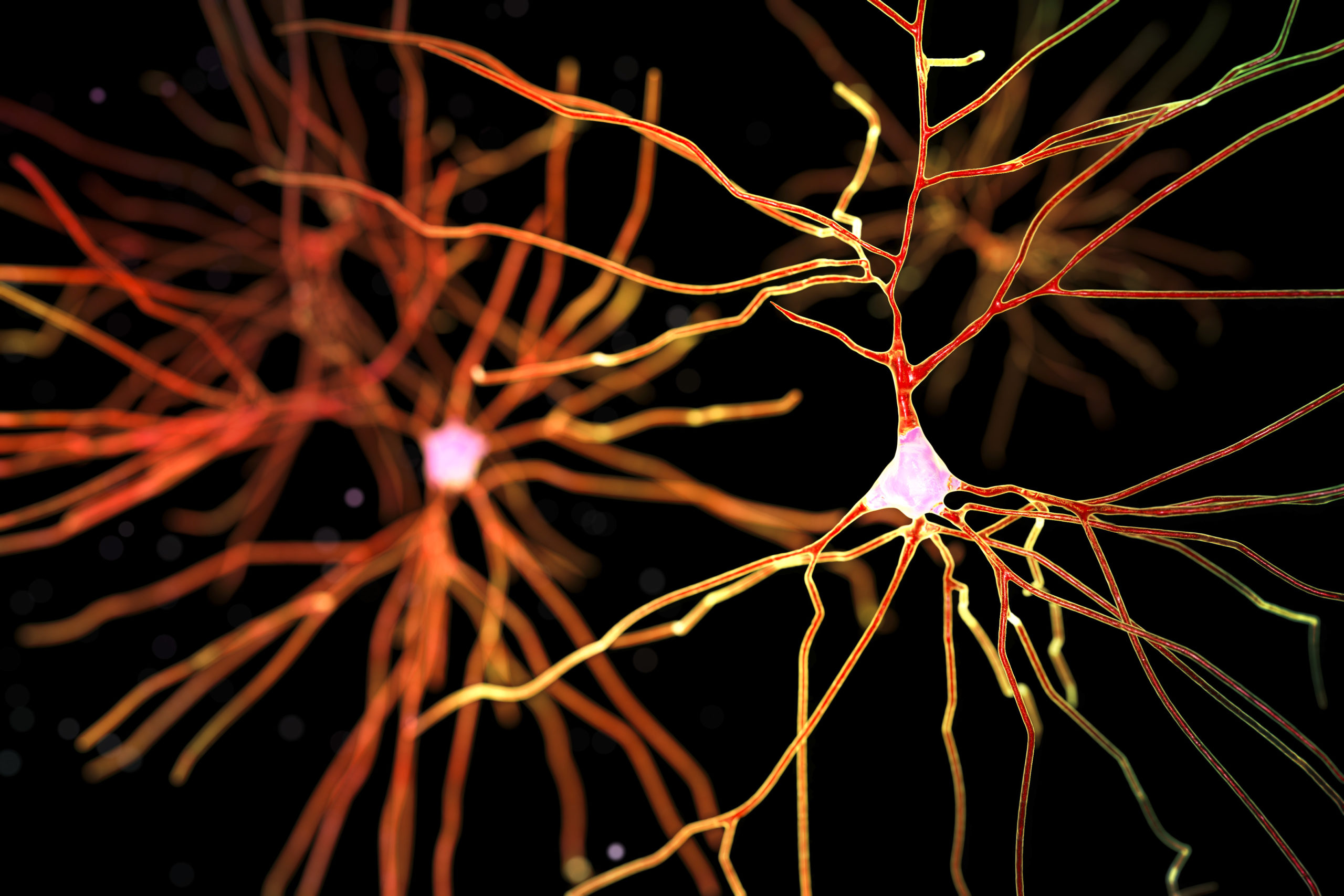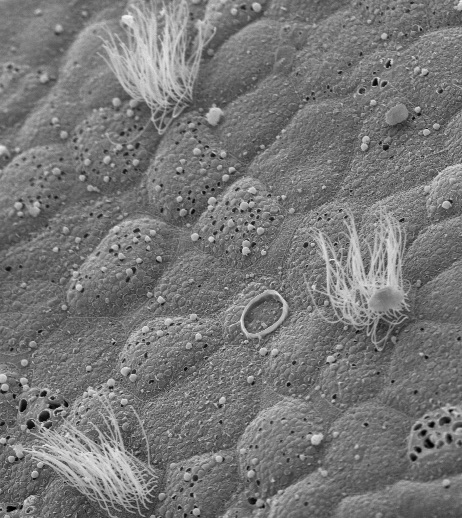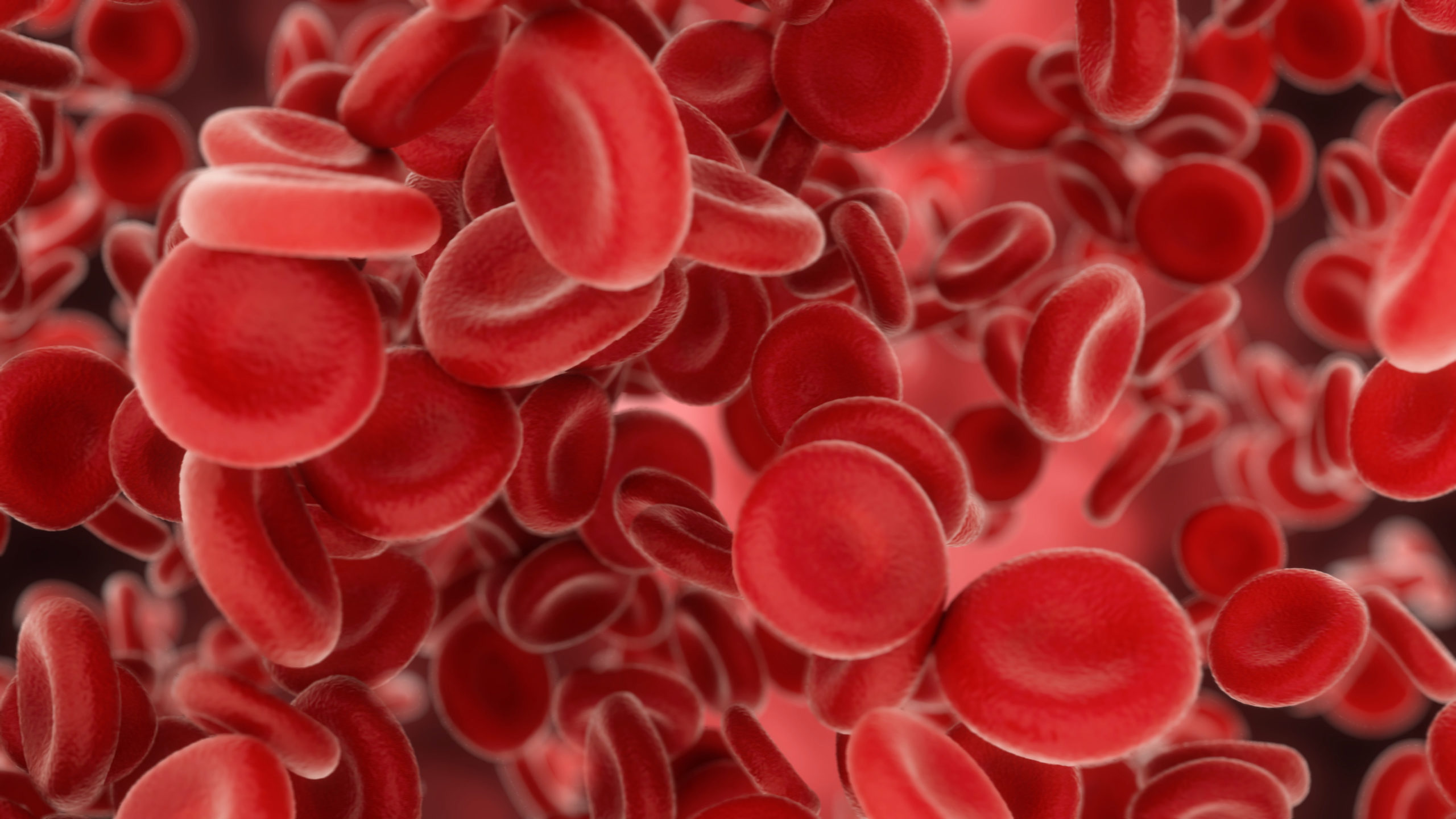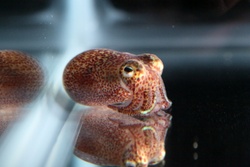
A single teaspoon of seawater can contain more than a million bacteria, yet just one makes its way into the light-emitting organ of the Hawaiian bobtail squid.
That specificity is the subject of a recent publication in Applied and Environmental Micobiology by Mark Mandel, PhD, assistant professor in microbiology-immunology. Understanding how Vibrio fischeri come to live inside the nutrient-rich squid environment may someday enlighten researcher’s knowledge of the good and bad bacteria humans interact with every day.
“In terms of beneficial bacteria, we’re getting at the logic by which resident microbes colonize and interact with their hosts,” Mandel said. “We’re asking questions that we can’t really address in mammals because they are typically colonized by hundreds of species of bacteria, so it is challenging to isolate a specific one-on-one interaction without disrupting the entire ecosystem. Understanding how this selection occurs in Hawaiian squid will offer some very powerful insight.”
Looking to the Sea
Mandel’s research with V. fischeri and the bobtail squid focuses on how the bacteria arrive in their very specific home. Once inside the squid, the bacterium provides its host with luminescence used in anti-predatory defense. In return, the squid supports the bacteria’s nutritional requirements.
Because V. fischeri is the only species of bacteria to exist in the light organ, the Hawaiian squid are an ideal subject for studies of specificity. But researchers had yet to identify the pathway they took in getting there.
In verifying that pathway, Mandel’s lab flooded an area just outside of a pore leading to the squid’s light organ with a substance meant to confuse the advancing bacteria. Similar to the effects of smashing a bottle of perfume near a person trying to track the smell of fresh-baked cookies, a roadblock was created.

In doing so, the researchers were able to confirm that V. fischeri use a specific molecular source as a signal to swim toward. If the bacteria cannot “smell” where that source is coming from due to genetic mutation or external interference, then they cannot proceed beyond a specific stage in symbiotic development.
“Putting all of this together, our interpretation is that the squid is releasing these byproducts, but whether this is to attract the bacteria or whether this is another part of its biology, we don’t yet understand,” Mandel said. “Clearly the bacteria are following this trail, but we don’t know how it evolved to this point.”
Genetic Impact
Mandel is now exploring other factors that affect the relationship between the squid and V. fischeri. The lab’s genomic level screenings have identified more than 300 elements that play a role during V. fischeri host colonization. Using different genetic and genomic techniques, researchers are working to understand which of these have the greatest effect, which play early roles, which are present in other symbiotic or pathogenic bacteria, and which encode proteins that are perhaps prevalent but poorly understood.
“There is a burst of interest in beneficial microbes in humans, including work that has arisen from the Human Microbiome Project,” Mandel said. “Much of this work has characterized the distribution and abundance of microbes in different human functions, but systems like the Hawaiian bobtail squid provide an opportunity to transition from enumerating microbes to understanding how host-microbe interactions lead to mutually beneficial outcomes.”
Work in Mandel’s lab is supported by National Science Foundation (NSF) grant IOS-0843633. Collaborators on the project were supported by grants from the National Institutes of Health, NSF, and the W.M. Keck Foundation.


